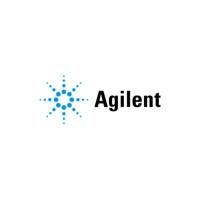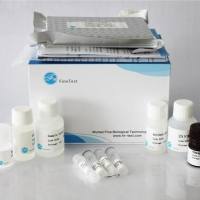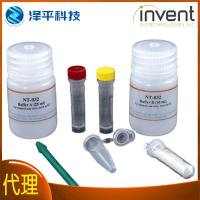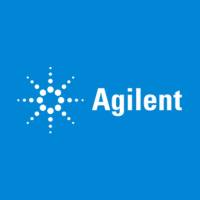Isolation and Characterization of Glycosaminoglycans from Human Atheromatous Vessels
互联网
368
The complex cascade of events leading to the formation of atheromatous plaques depends on the interaction between several cell types, growth factors, cytokines, and molecules of the extracellular matrix (ECM) (1). Among different molecules of the ECM involved in atherogenesis, the glycosaminoglycan(GAGs) have been reported to contribute to key events leading to the formation of atherosclerotic lesions (2 ). GAGs are linear acidic polysaccharides of variable length and composition, which occur either in free form or attached to a protein core to form proteoglycans (3 ). On the basis of their composition, GAGs are grouped into four major categories: hyaluronic acid, heparin and heparan sulfate, chondroitin and dermatan sulfates, and keratan sulfate. ECM GAGs provide structural links between fibrous and cellular elements, contribute to viscoelastic properties, regulate permeability and retention of plasma components within the matrix (2 ,4 ), inhibit vascular cell growth (5 ), affect hemostasis and platelet aggregation (6 ), and interact with lipoproteins (7 ) and various growth factors (8 ,9 ).









